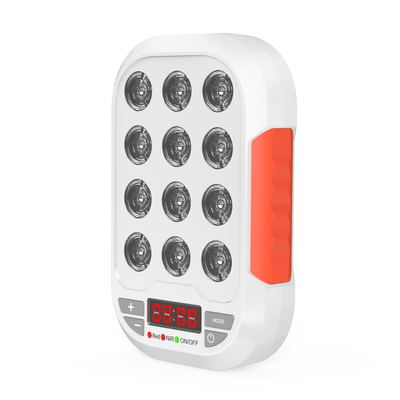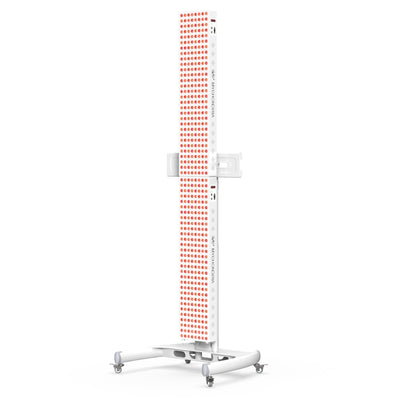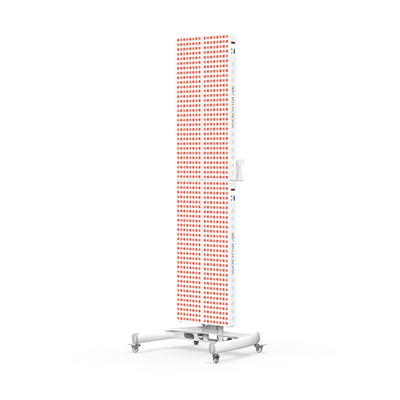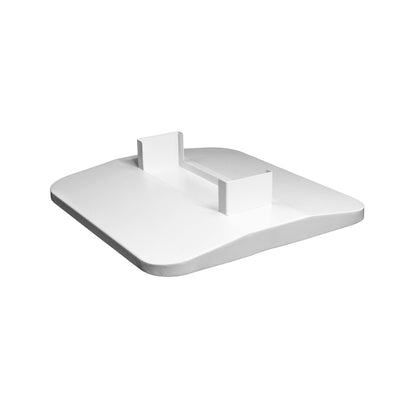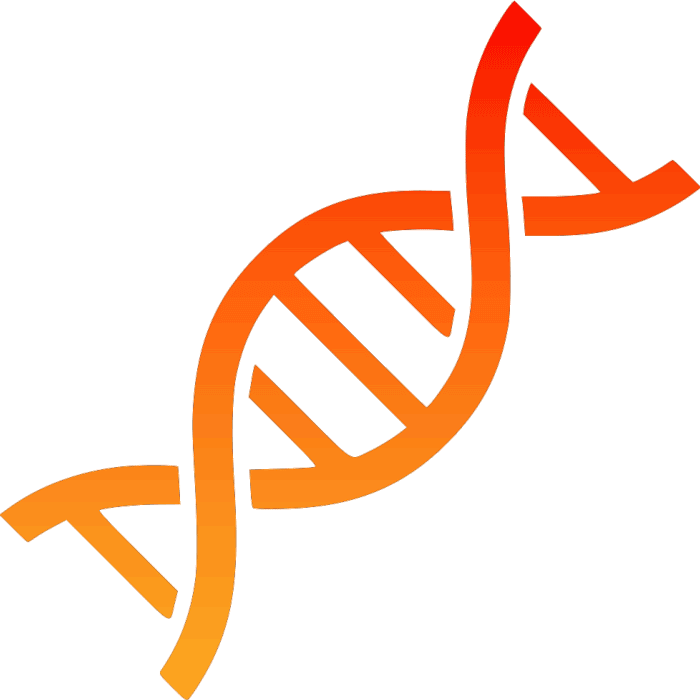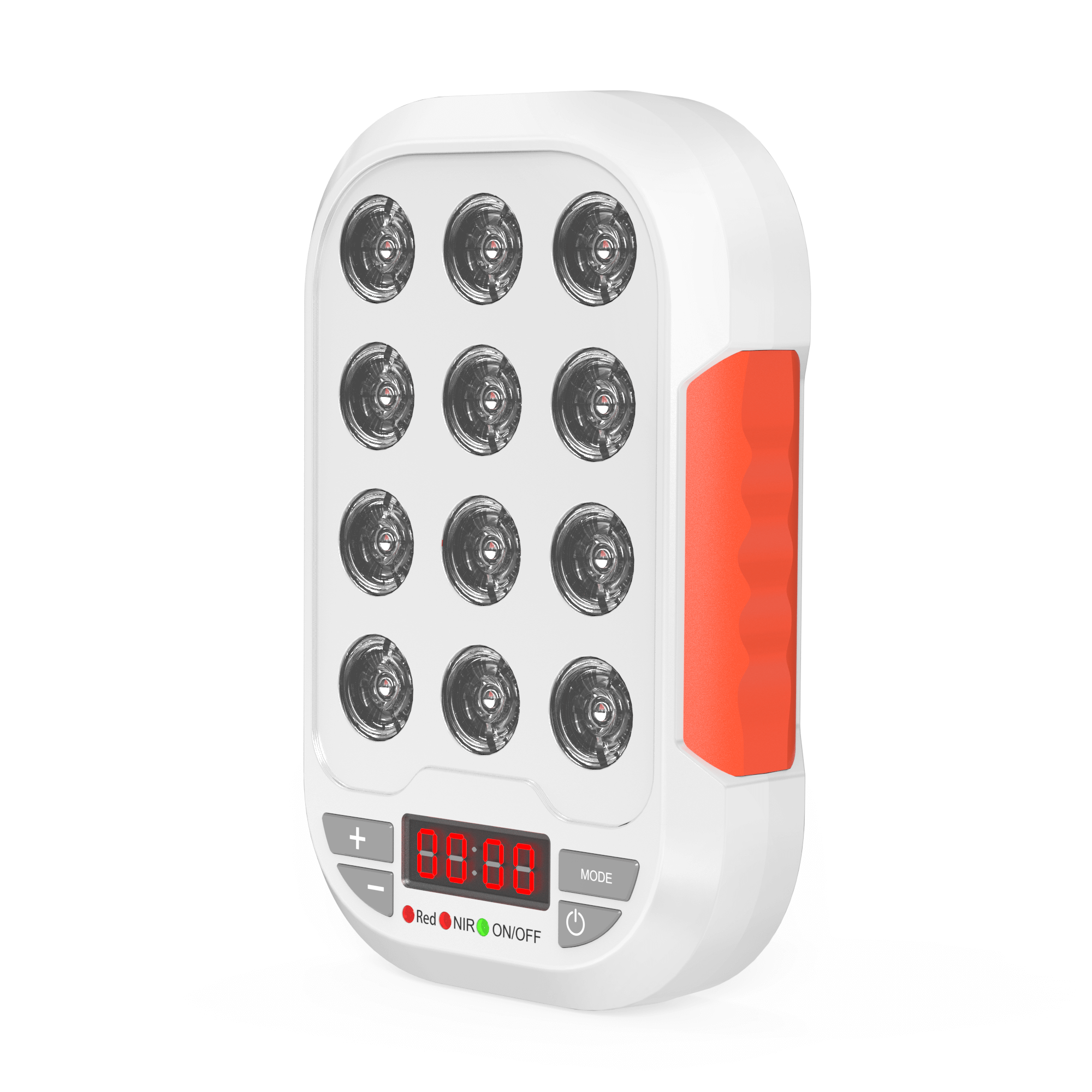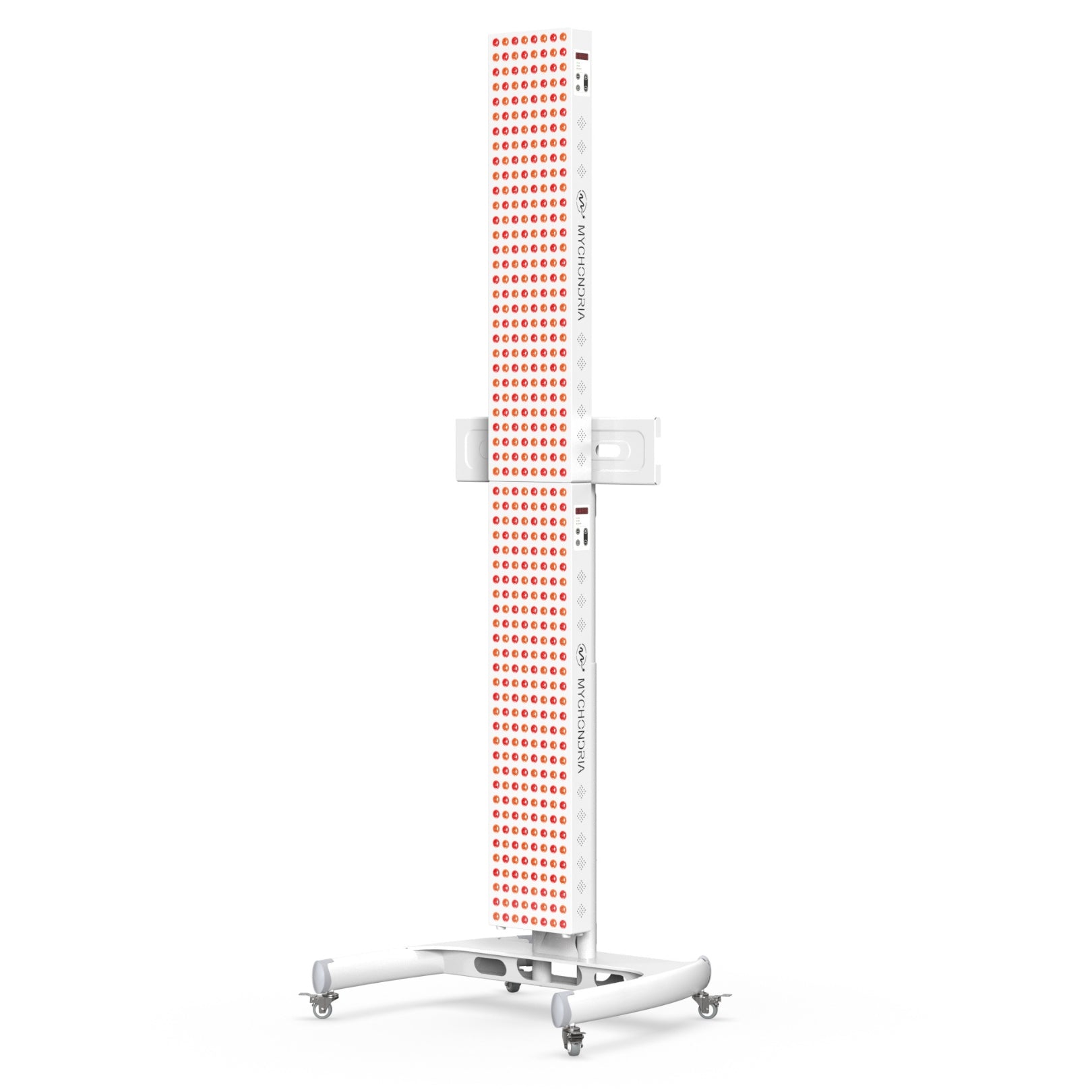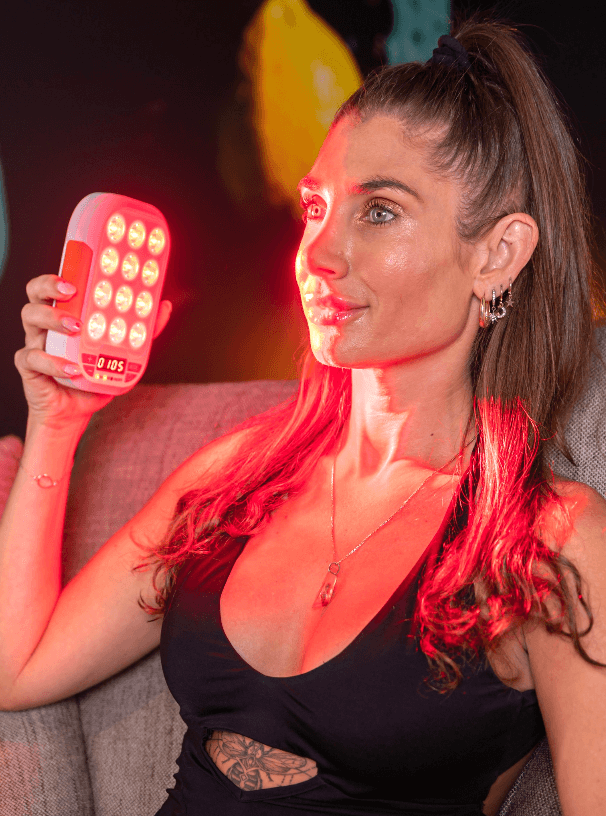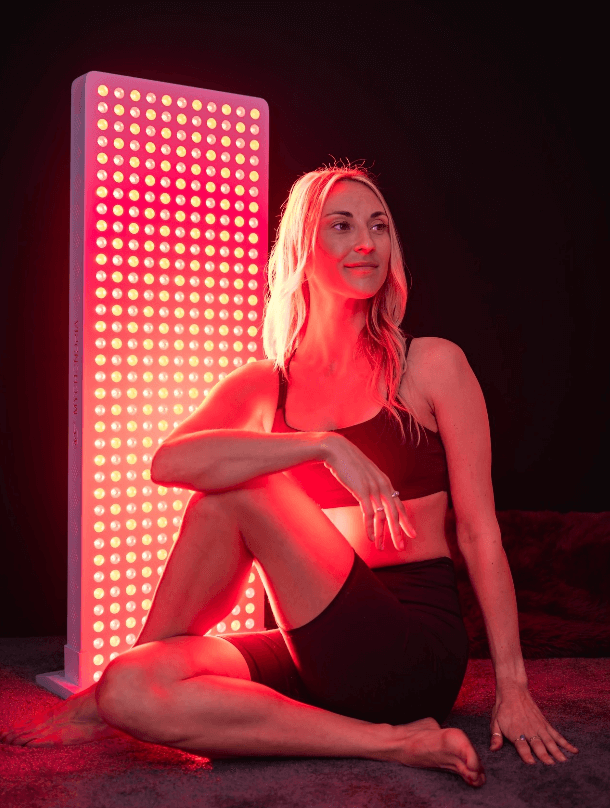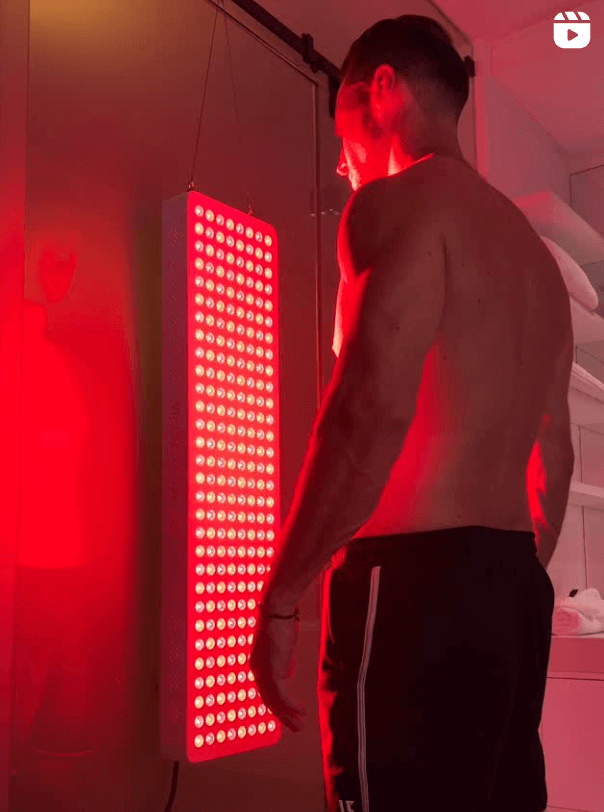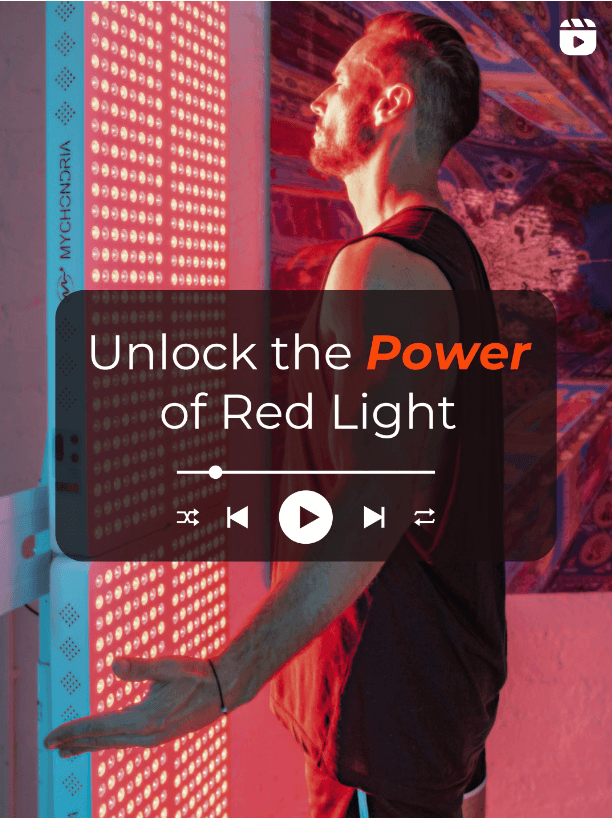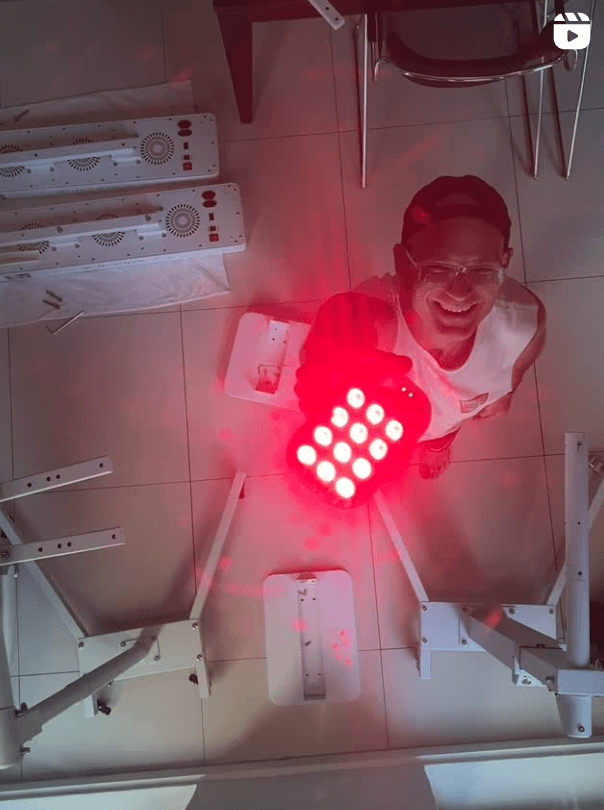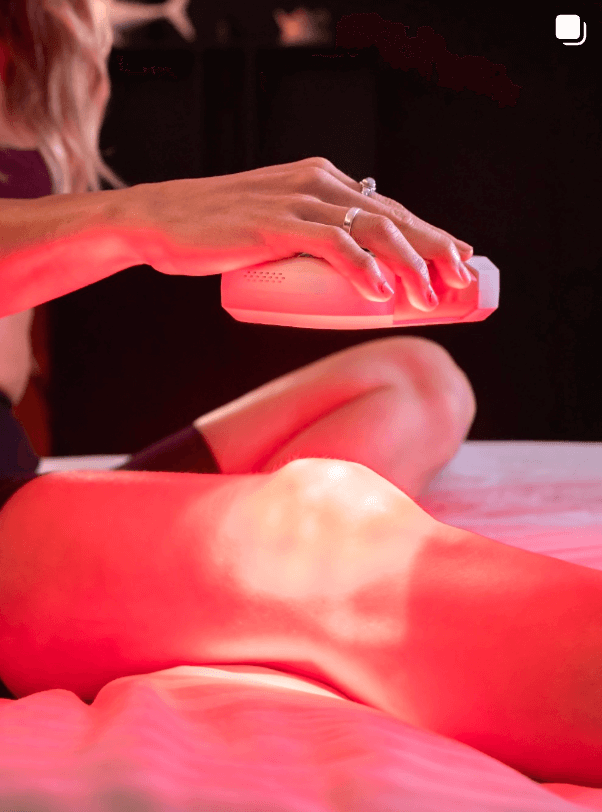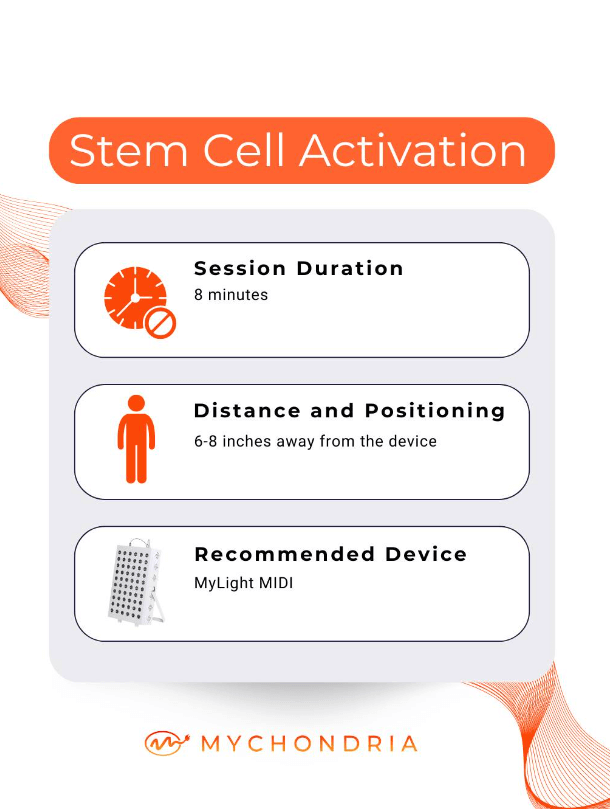In recent years, red light therapy has garnered significant attention for its potential health benefits. Originally popularized for skin rejuvenation and pain relief, red light therapy has recently been studied in the realm of cognitive health.
This blog delves into the science behind red light therapy and explores how it might be a game-changer for brain health.
The Science Behind Red Light Therapy
At the core of red light therapy's efficacy is its ability to enhance mitochondrial function. When red and near-infrared light is absorbed, it boosts the production of adenosine triphosphate (ATP), the energy currency of cells.
Enhanced ATP production leads to improved cellular energy and function. Additionally, red light therapy helps in reducing oxidative stress and inflammation, promoting tissue repair and regeneration.

Red Light Therapy and Cognitive Health
Neuroprotection and Brain Health:
• Reduction of Inflammation: Chronic inflammation is a common pathway in many neurodegenerative diseases, including Alzheimer's and Parkinson's. Red light therapy has been shown to reduce markers of inflammation, potentially slowing down or preventing the progression of these diseases (1).
• Enhanced Neurogenesis: Research indicates that red light therapy can promote the growth of new neurons, a process known as neurogenesis. This is crucial for maintaining cognitive function and could be beneficial in conditions like depression and anxiety, where neurogenesis is often impaired.

Improvement in Cognitive Function:
• Memory and Learning: Studies have shown that red light therapy can improve memory and learning capabilities. By enhancing mitochondrial function and reducing oxidative stress, red light therapy supports the health of brain cells, thereby improving cognitive performance.
• Mood Regulation: Light therapy has long been used to treat Seasonal Affective Disorder (SAD). Red light therapy, by improving mitochondrial function and reducing inflammation, can also help regulate mood, providing a non-invasive treatment for depression and anxiety (2).
• Recovery from Brain Injuries:
Stroke and Traumatic Brain Injury (TBI): There is growing evidence that red light therapy can aid in the recovery from stroke and TBI. By reducing inflammation and promoting tissue repair, red light therapy helps in faster and more effective recovery of cognitive functions impaired by these injuries (3).

The Future of Red Light Therapy in Cognitive Health
The potential of red light therapy in cognitive health is vast and still being explored. As research progresses, we are likely to uncover more about how this innovative therapy can support brain health and overall well-being.
From enhancing memory and learning to aiding in recovery from brain injuries, red light therapy shines as a promising tool in our quest for better cognitive health.
In conclusion, red light therapy offers a fascinating and non-invasive approach to improving cognitive health. By leveraging the power of light to enhance cellular function and reduce inflammation, red light therapy may pave the way for new treatments and improved quality of life for many individuals.
As with any emerging therapy, ongoing research and clinical trials will be vital in fully understanding and harnessing its potential.
The future indeed looks bright for red light therapy and cognitive health. An effective red light dose can be achieved in 10-minutes per day using a MyLight MIDI or MyLight MAX. These sessions are often best as part of a morning routine to set you up for a successful day.
References:
- https://www.ncbi.nlm.nih.gov/pmc/articles/PMC5523874/
- https://www.liebertpub.com/doi/10.1089/pho.2018.4490
- https://www.ncbi.nlm.nih.gov/pmc/articles/PMC4043367/
